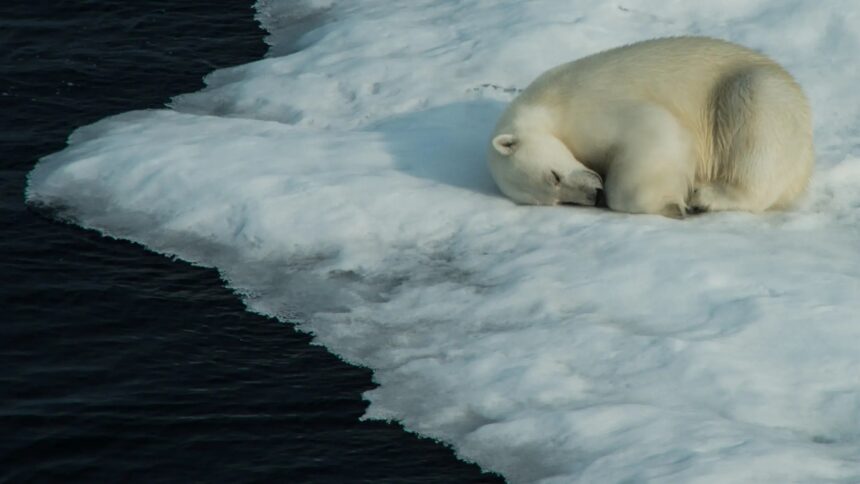In a move that has ignited fierce debate across conservation and political circles, Ontario’s legislature is considering groundbreaking legislation aimed at protecting the province’s vulnerable polar bear population. The Polar Bear Protection Act, formally introduced as Bill 5, represents the first dedicated legislative framework in Canada specifically designed to safeguard these iconic Arctic mammals from the accelerating threats posed by climate change.
“This isn’t merely about protecting a single species—it’s about acknowledging our responsibility to address climate impacts already affecting Ontario’s northern ecosystems,” said Environment Minister Eleanor Hayes during yesterday’s legislative session. “The James Bay polar bear subpopulation has experienced a 17% decline over the past decade, according to our most recent provincial wildlife surveys.”
The comprehensive bill proposes establishing protected habitats along Ontario’s Hudson Bay and James Bay coastlines, creating enhanced monitoring systems for tracking polar bear populations, and implementing stringent penalties for activities that threaten these animals or their habitats. Most controversially, the legislation includes provisions requiring major industrial developments in northern Ontario to undergo specific climate impact assessments related to polar bear conservation.
Climate scientists from the University of Toronto’s Arctic Research Institute have lauded the bill’s scientific foundations. “What makes this legislation noteworthy is its direct acknowledgment of climate change as the primary threat to polar bear survival,” explained Dr. Marianne Chen, the institute’s director. “The bill correctly identifies the relationship between sea ice reduction, shortened hunting seasons, and declining body conditions among Ontario’s bears.”
Opposition to the bill has emerged from multiple sectors. Northern Ontario mining associations have expressed concerns about potential economic impacts, while some Indigenous communities have questioned whether the legislation adequately incorporates traditional knowledge and hunting rights.
“While we share the concern for polar bear populations, this bill was developed with insufficient consultation with First Nations who have coexisted with these animals for generations,” noted Grand Chief Robert Nakogee of the Mushkegowuk Council, representing seven First Nations in northern Ontario.
The legislation comes at a critical juncture for Canada’s climate policy landscape. Recent federal assessments indicate that Canada’s northern regions are warming at nearly three times the global average rate, with Ontario’s Hudson Bay coastline experiencing pronounced effects including shorter winter seasons and diminished sea ice formation—both critical factors for polar bear survival.
Premier Caroline Sullivan defended the bill against accusations of political opportunism. “This isn’t about scoring environmental points—it’s about responding to the reality that Ontario’s wildlife faces unprecedented challenges. Our northern communities and ecosystems deserve thoughtful, evidence-based protections.”
The bill has also sparked renewed attention to the broader implications of climate policy on wildlife conservation across Canada. Environmental advocacy groups point out that while polar bears have become symbolic of climate change impacts, they represent just one of many species facing habitat disruption.
“The significance of this legislation extends beyond Ontario,” said Dr. William Richardson, senior conservation biologist at the Canadian Wildlife Federation. “It establishes a precedent for climate-informed conservation that other provinces may follow. The evidence is unambiguous—without addressing climate drivers, traditional conservation approaches will prove insufficient.”
As the bill moves through committee hearings scheduled for next month, the debate underscores a fundamental question facing policymakers across Canada: How do we balance immediate economic considerations against the long-term ecological transformations already underway? In Ontario’s case, the fate of its estimated 950 remaining polar bears may hang in the balance.














